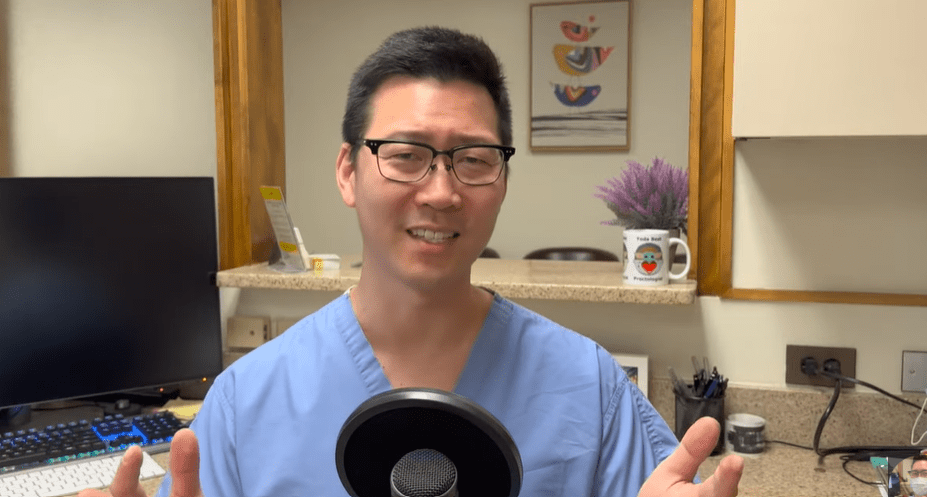Information Table: Lateral Internal Sphincterotomy (LIS Surgery)
| Attribute | Details |
|---|---|
| Procedure Name | Lateral Internal Sphincterotomy (LIS Surgery) |
| Purpose | To treat chronic anal fissures that do not heal through conservative treatments |
| Target Condition | Chronic anal fissures (painful tears in the anal lining) |
| Technique | Surgical incision into a portion of the internal anal sphincter muscle to relieve spasm and facilitate healing |
| Anesthesia Used | Local or general anesthesia |
| Healing Time | Typically 4–6 weeks for full recovery |
| Common Benefits | Pain relief, accelerated healing, reduced spasms, improved quality of life |
| Known Risks | Mild incontinence (rare), infection, bleeding, temporary discomfort |
| Recovery Suggestions | High-fiber diet, sitz baths, stool softeners, follow-up appointments |
| Reference Source | Cleveland Clinic |

When all other options have been exhausted, LIS surgery frequently proves to be a remarkably successful remedy for people who are suffering from the constant pain of chronic anal fissures. This small but focused surgical option addresses the underlying cause—spasms in the internal anal sphincter muscle that prevent appropriate healing—in contrast to topical treatments or dietary modifications that may be effective for some people.
A small incision is made into the internal sphincter muscle during LIS, which is performed under local or general anesthesia. Reducing tension, increasing blood flow, and allowing the fissure to close are the straightforward but profoundly therapeutic goals. This approach removes the cyclical pain that many patients describe as emotionally and physically draining by treating the underlying muscle spasm.
Online forums and private health communities have increased awareness of LIS surgery in recent years, though not always through celebrity interviews or morning TV health segments. People who have tried and failed at using creams, fiber regimens, and warm baths frequently share remarkably similar recovery stories in Quora responses and Reddit threads. A few days after surgery, one Reddit user wrote, “I could finally sit without bracing,” expressing relief.
Many hospitals have simplified the LIS process by working with top colorectal specialists. To improve patient outcomes, Circle Health Group, for example, now offers pre-surgical counseling and post-operative dietary advice. Patient satisfaction has increased and post-operative complications have been greatly decreased thanks to this integrated approach.
LIS is notable for its demonstrated consistency rather than its complexity in the context of continuous innovation in digestive health. Robotics, lasers, or sophisticated implants are not used. Rather, it makes use of anatomy, accuracy, and years of surgical improvement. The results are all the more compelling because the process is so straightforward.
Nonetheless, it makes sense that patients are concerned about side effects, chief among them being incontinence. The primary cause of hesitation is still the risk, despite the fact that it is frequently overstated. According to statistics, the majority of cases of temporary leakage go away in a week or two, and less than 1% of patients have long-term problems. In response, especially in Europe and some regions of Asia, surgeons have improved the location of incisions and adopted less invasive alternatives.
LIS has emerged as a more covert option for actors and professional athletes, whose performances can be derailed by even minor discomfort. Surgeons in Los Angeles and London report a constant flow of patients from physically demanding occupations, despite the fact that no A-lister has publicly discussed having the surgery. It’s easy to see why: long-term outcomes are very consistent, recovery is noticeably rapid, and relief is almost instantaneous.
People who had fissures suffered for a long time as a result of many patients postponing elective procedures during the pandemic. LIS bookings increased as elective surgeries resumed, reflecting broader trends that prioritize health quality over delay. Because of its consistent success and appreciative patients, LIS surgery has been remarkably regarded by practitioners as one of the most fulfilling procedures to perform.
Recurrence rates have been considerably decreased by clinics by incorporating post-surgery lifestyle modifications, such as a diet high in fiber and hydration techniques. The reputation of the procedure has significantly improved as a result of the integration of surgical precision with comprehensive aftercare. In order to further reduce pain and inflammation, patients are also advised to take sitz baths for 10 to 15 minutes every day while they recover.
The quiet dependability of LIS is what distinguishes it from other surgical procedures. In addition to not attracting the technological hype surrounding robotic surgeries, it does not carry the social stigma that may accompany cosmetic surgery. However, LIS can be incredibly transformative for someone who has been avoiding social situations, dreading bathroom breaks, and squirming every time they sit down for months.
Better financial coverage options are now available at many healthcare facilities thanks to strategic partnerships with insurance providers. Due to this change, many people now find LIS surgery to be surprisingly affordable, enabling wider access without worrying about high out-of-pocket costs. That financial relief is important because chronic fissures have a substantial impact on both physical and mental health.

